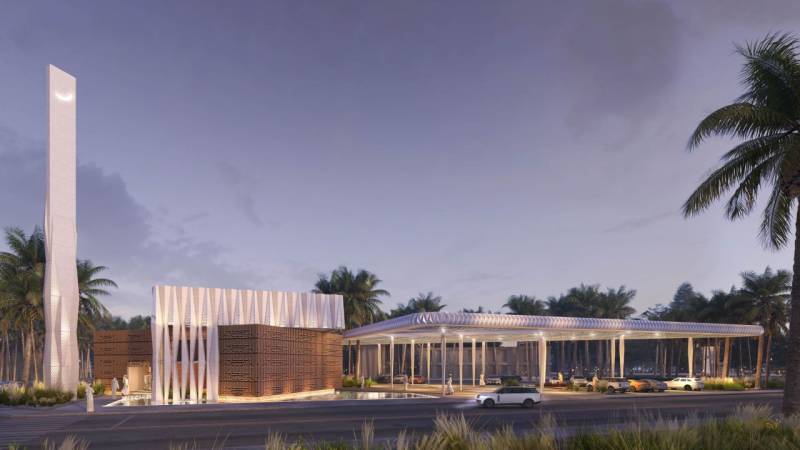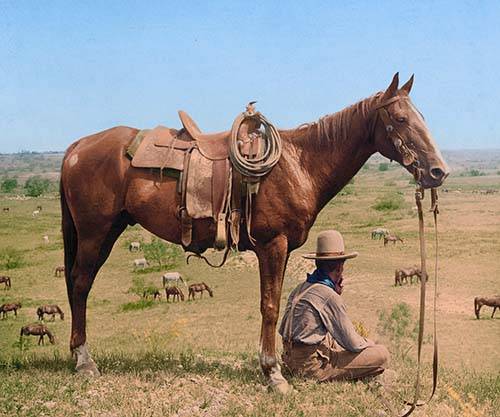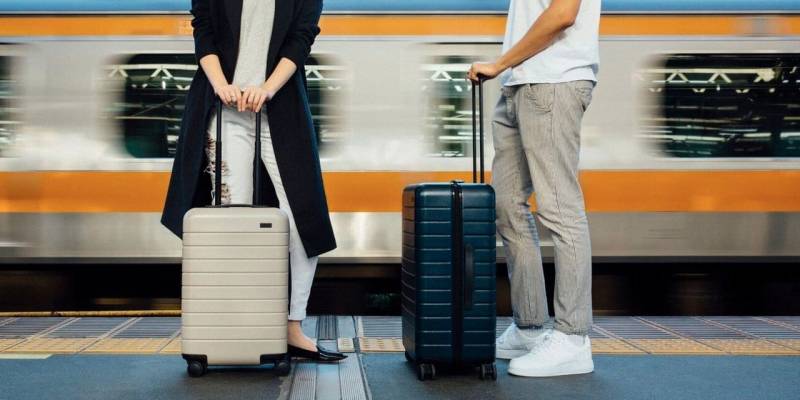In recent years, 3D-printing has been used to build everything from homes to businesses and even bridges. Now, Dubai is set to construct the world’s first 3D-printed mosque. The structure will accommodate 600 worshippers and cover 2,000 square meters over two floors, according to Ali Mohammad Alhalyan Alsuwaidi, head of engineering at the Dubai Government’s Islamic Affairs and Charitable Activities Department (IACAD).
It will be made from a concrete mix, with construction planned to begin by the end of year and expected to be completed in the first quarter of 2025. “We elected to 3D-print the mosque because it’s a new and innovative technology that can potentially save time and resources compared to traditional building methods,” Alhalyan Alsuwaidi said. IACAD declined to name the company that will be responsible for the construction. Constructing buildings using 3D-printing requires large printing machines that are programmed with the design information. They squeeze out the construction material from a nozzle, building up the structure in layers. The vast majority of 3D-printed structures are made from concrete, but it is possible to print using other materials, such as clay.
Modernizing the construction industry
Dubai has set out to become the 3D-printing capital of the world, and in 2018 it launched a “3D Printing Strategy” that planned for 25% of the emirate’s new construction to be 3D-printed by 2030.
By 2019 it held the world record for the largest 3D-printed structure – the Dubai Municipality building (standing 9.5 meters tall with an area of 640 square meters) – as well as being home to the world’s first 3D-printed office, and a 3D-printed drone research laboratory. But new 3D-printed buildings are popping up across the world – from housing for refugees in Jordan and for homeless people in Austin, Texas, to whole complexes of buildings, such as the 3,800 square foot (353 square meter) Camp Swift military training center, and entire neighborhoods, like the New Story project in Tabasco, Mexico, which will provide homes for families living in poverty.




